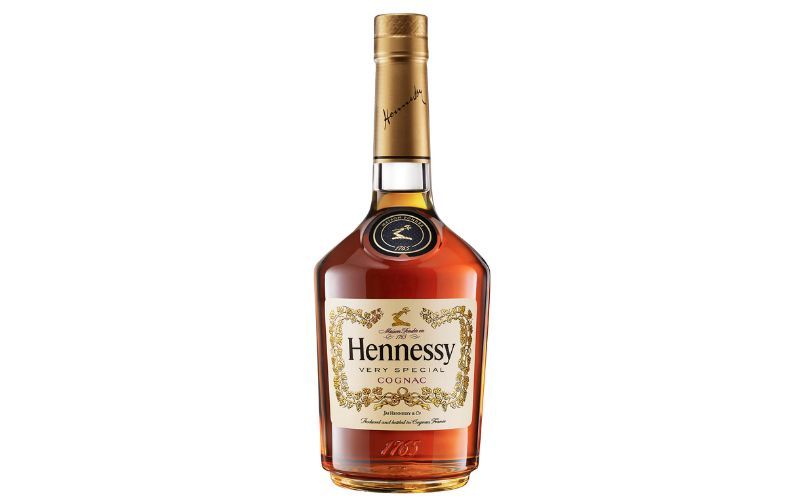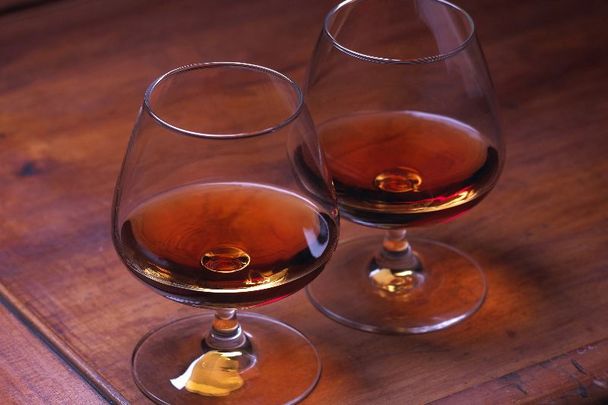Hennessy cognac is well known for its wide appeal the world over, from aristocratic gentleman’s clubs to American rap songs to your Irish Nana’s liquor chest, but did you know that its origin story goes back to one of the most important moments in Irish history?
As part of the Treaty of Limerick in 1691, the Irish forces of Patrick Sarsfield, who had fought the army of William of Orange to a standstill, were given the option of sailing to France to join the Catholic pretender James Stuart.
Shortly thereafter, Sarsfield signed the Treaty of Limerick, a French fleet arrived with reinforcements and many urged Sarsfield to tear up the Treaty and fight on. This he would not do; having given his word of honor, he kept it.
Believing they had negotiated a treaty that guaranteed the rights of their people, perhaps as many as twenty thousand Irish soldiers sailed with Sarsfield to France. The treaty that Sarsfield had honored would never be honored by the British.
With cruel irony, the British tore up the treaty and replaced it with the Penal Laws, which stripped Irish Catholics of their land, persecuting them for their religion, and removed every right of citizenship. On this note of dishonor and betrayal began the saga of The Wild Geese.
For the next hundred years, the French Army included an Irish Brigade, which began with Sarsfield's soldiers, and the men of Justine MacCarthy (Lord Mountcashel) who preceded them, and was then fed by a continual stream of young men from Ireland, whose options had been severely limited by the oppressive Penal Laws.
Many of the "Wild Geese" rose to prominence in the armies of Europe. George Brown of the Austrian army was made a Field Marshal by Emperor Charles IV and 11 different men named Walsh became Field Marshals or generals there. Francis Maurice Lacy was a Field Marshal in the Austrian and Russian armies and many reached high commands in France and Spain. A McMahon became Minister of War and President of France. These "Wild Geese" fought in battles all over Europe and the world through the years. In South America, Bernardo O'Higgins became the Liberator of Chile and Admiral William Brown, from Mayo, became the Father of the Argentine Navy.
One of the most famous of the Wild Geese was Richard Hennessy, the youngest son of Lord Ballymacmoy, whose ancestral home still stands in Killavullen, in the northern part of Co Cork.
At the age of 20, Richard Hennessy departed from Ballymacmoy House for France in 1724 to fight in the French Army of King Louis XV. He sustained injuries in the Battle of Fontenoy in 1745, in which the French were victorious, though the Irish Brigade suffered some of the highest casualties on the French side.
He then settled in the Cognac region, on the banks of the Charente River, where he began distilling wine to produce brandy. Thus, Hennessy cognac was born.

A bottle of Hennessy Very Special.
What Richard Hennessy started his son James ran with, and by the 1800s, Hennessy had established deals with traders in London and New York, marking the start of a global beverage empire that celebrated its 250th anniversary in 2015.
Today, 70 million bottles of Hennessy are sold every year around the world. No doubt Richard Hennessy would be proud.




Comments